The Lesser Slave River region is home to one of the largest pristine wilderness areas in Alberta. Nestled in the scenic Lesser Slave Lake Provincial Park, the Lesser Slave Lake Bird Observatory is just one of many ideal spots for wildlife viewing.
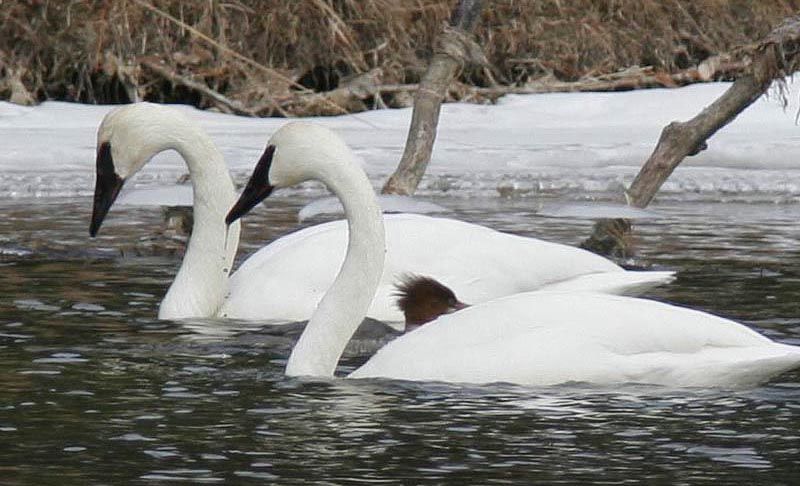
Trumpeter Swans
Once classified as a threatened species under the Provincial Wildlife Act, trumpeter swans are now widely distributed throughout several regions of Alberta. A majority of this species makes its home in Lesser Slave River.
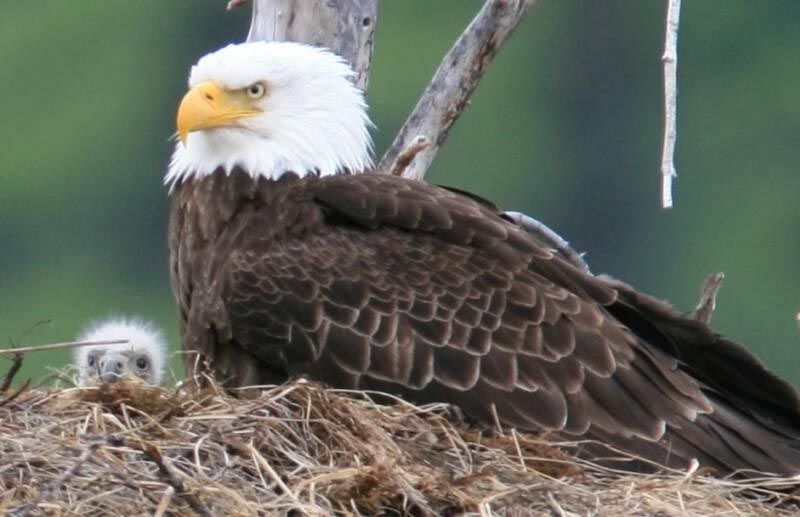
Bald Eagle
Lesser Slave River is home to a number of bald eagle nesting areas. The bald eagle is an opportunistic feeder which subsists mainly on fish, which it swoops down and snatches from the water with its talons. It builds the largest nest of any North American bird and the largest tree nests ever recorded for any animal species, up to 4 m (13 ft) deep, 2.5 m (8.2 ft) wide, and 1 metric ton (1.1 short tons) in weight.
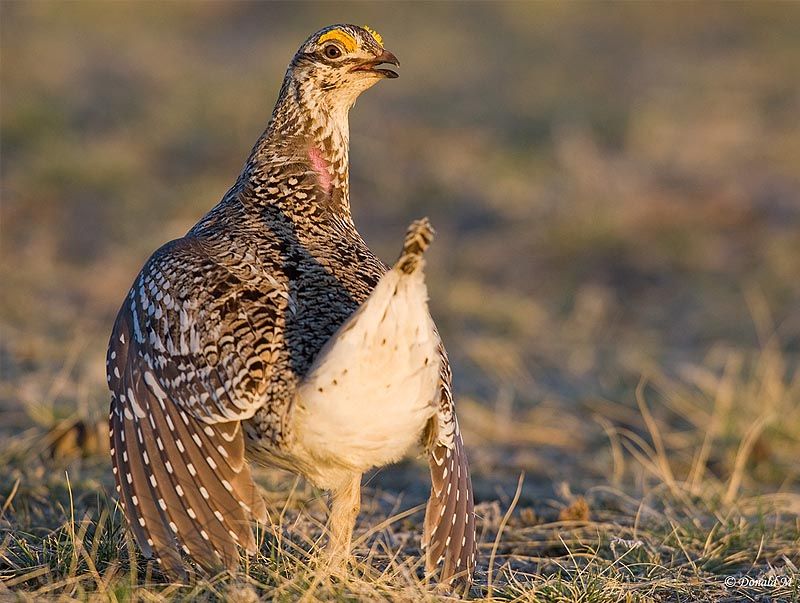
Sharp-Tailed Grouse
A chicken-like bird of open prairies and parklands, the Sharp-tailed Grouse uses a wider variety of habitats than its close relatives the prairie-chickens. The sharp-tailed grouse is a native game bird that makes its home in Lesser Slave River's parklands and forest openings.
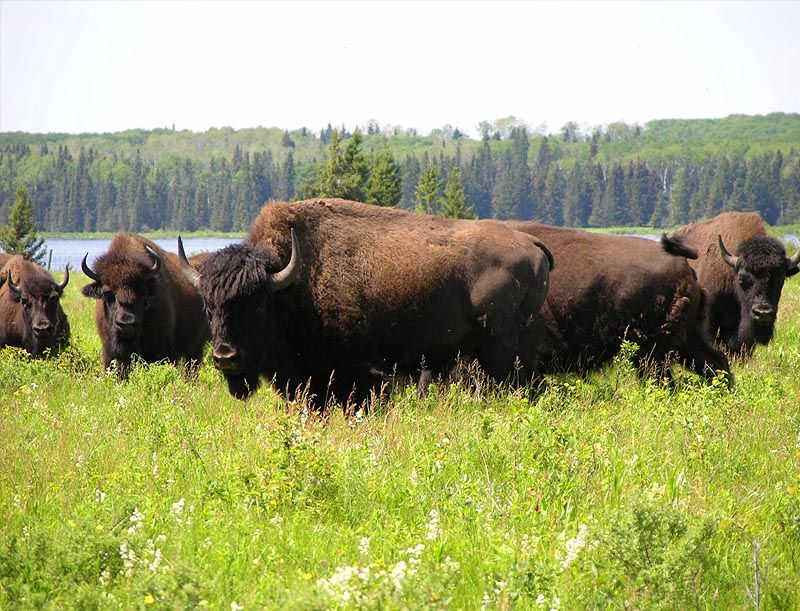
Boreal Bison
One of the largest native terrestrial mammals in North America, the Boreal Bison can be commonly found throughout Lesser Slave River. Before European colonization in the early 19th century, the Bison's range extended from the Peace River region in northeastern British Columbia and the Great Slave Lake area in the Northwest Territories all the way to northern Mexico.
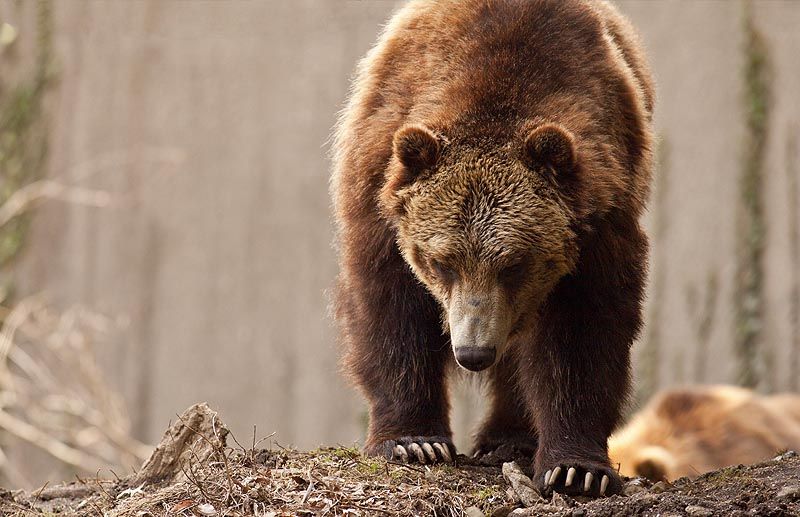
Grizzly Bear
Majestic symbols of the wild, grizzly bears are commonly found throughout Lesser Slave River. Bears live in and use a variety of habitat types, playing important roles in each one. This makes them an “umbrella species,” meaning that when we protect them and their habitat, we also protect many species.

Great Horned Owl
Frequently spotted in Lesser Slave River's wilderness, the great horned owl hunts in stealth mode, thanks to soft feathers that make little noise when it flies. It consumes small prey whole and coughs up body parts it can't digest.

Common Raven
Abundant throughout the region, the raven has accompanied people around Lesser Slave River for centuries, following their wagons, sleds, sleighs, and hunting parties in hopes of a quick meal. Ravens are among the smartest of all birds, gaining a reputation for solving ever more complicated problems invented by ever more creative scientists. These big, sooty birds thrive among humans and in the back of beyond, stretching across the sky on easy, flowing wingbeats and filling the empty spaces with an echoing croak.


